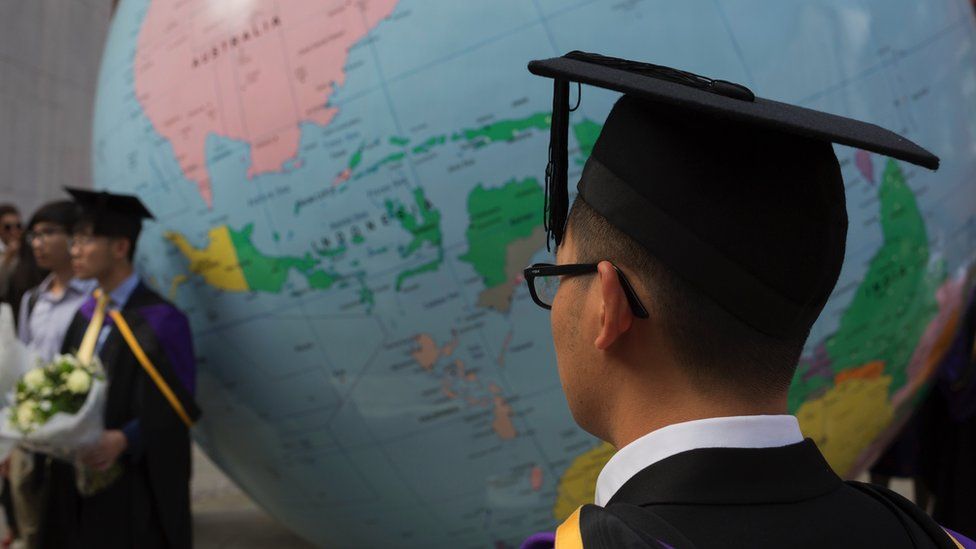-

-
-
Loading

Loading

Data shows that the number of international students applying for undergraduate courses at UK universities has increased for the second consecutive year. Despite stricter government rules aimed at reducing migration, 115,730 students from outside the UK have applied to start in September, compared to 114,910 the previous year. These figures have sparked concerns that universities are lowering their standards to attract overseas students, who are often charged significantly higher fees than domestic students. As a result, a review of admissions processes has been initiated. Although international applications remain below pre-pandemic levels, they have been steadily recovering since international travel restrictions were lifted. The CEO of Universities and Colleges Admissions Services (UCAS), Dr. Jo Saxton, reassured prospective domestic students that the rise in international applications should not be a cause for concern, as UK applications have also increased in recent years. The majority of international students in the UK are enrolled in postgraduate courses, such as master's degrees, and are not reflected in the new UCAS data. Vivienne Stern, CEO of Universities UK, welcomed the slight increase but cautioned that it only presented a partial picture. She noted that the overall trend was highly unpredictable, and universities were currently facing a challenging international student recruitment landscape. While undergraduate tuition fees in the UK are capped at £9,250 per year, international students can pay up to £38,000 per year for undergraduate courses and £30,000 per year for postgraduate courses. English universities are concerned that the tuition fee cap has only been raised once since 2012 and is not keeping up with inflation. The Russell Group estimates that universities are facing a £2,500 shortfall per domestic undergraduate student due to a decrease in the value of student loans and government teaching grants. Data from the Higher Education Statistics Agency indicates that the number of international student enrollments grew from 469,160 in the 2017-18 academic year to 679,970 in 2021-22. This increase has been driven primarily by applications for postgraduate degrees rather than undergraduate courses typically pursued by 18-year-olds in the UK. However, new rules implemented this year to control migration mean that international students can no longer bring family members with them, unless they are on research courses or have government-funded scholarships. According to Ms. Stern, this and the ongoing negative rhetoric surrounding immigration pose challenges for universities. A report from the British Council predicts that the post-pandemic boom in international student numbers will end this year due to political pressures against migration and the rising cost of studying in the UK. Signs of financial pressure on universities are already emerging, with job cuts announced at institutions such as the University of Aberdeen and Staffordshire University, citing challenging student recruitment markets at home and abroad. The government aims to have 600,000 international students studying in the UK by 2030, highlighting the importance of education exports for the UK economy and its soft power. Additionally, the UCAS data reveals a decrease in the number of applicants for nursing, raising concerns from the Royal College of Nursing about a potential shortage of healthcare professionals in the NHS.